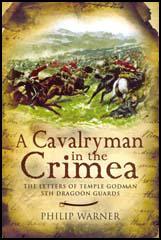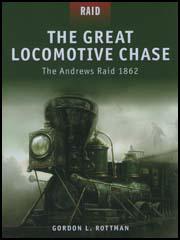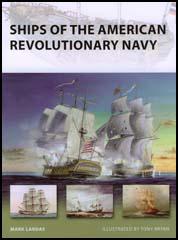Spartacus Review
Volume 40: 10th December, 2009
Military History

Title: Cavalryman in the Crimea
Author: Philip Warner
Editor:
Publisher: Pen & Sword
Price: £15.99
Bookshop: Amazon
Spartacus Website: Crimean War
Category:
Among the British troops bound for the Black Sea in May 1854 was a young officer in the 5th Dragoon Guards, Richard Temple Godman, who sent home throughout the entire Crimea campaign many detailed letters to his family at Park Hatch in Surrey. Temple Godman went out at the start of the war, took part in the successful Charge of the Heavy Brigade at Balaklava and in other engagements, and did not return to England until June 1856, after peace had been declared. He took three very individual horses and despite all his adventures brought them back unscathed. Godman’s dispatches from the fields of war reveal his wide interests and varied experiences; they range from the pleasures of riding in a foreign landscape, smoking Turkish tobacco, and overcoming boredom by donning comic dress and hunting wild dogs, to the pain of seeing friends and horses die from battle, disease, deprivation and lack of medicines.

Title: The Great Locomotive Chase
Author: Gordon Rottman
Editor:
Publisher: Osprey
Price: £11.99
Bookshop: Amazon
Spartacus Website: American Civil War
Category:
In April 1862, the stage was set for one of the greatest locomotive chases in history. Union forces planned to steal a train and travel at high speed to Chattanooga, Tennessee, disabling the line as they went, in order to cut off vital rail supplies to the Confederate stronghold of Atlanta, Georgia, some 100-plus miles to the southwest. What they hadn't banked on was the dogged determination of one man - train conductor William Fuller - who, after realizing his train had been stolen, began a frantic pursuit, first by handcar, then by top-speed locomotive, dealing with derailments by running miles on foot to the next station, and single-handedly removing drag ties from the track in front of his train. The raiders were so hotly pursued that they had no time to inflict serious damage on the tracks and could not stop to gather more fuel. Just north of Ringgold, some miles south of Chattanooga, The General ran out of wood and the raiders scattered into the forested Appalachian Mountains. All were captured within days and sentenced to death. This title helps to discover the history of one of the most colourful and dramatic episodes of the Civil War.

Title: Ships of the American Revolutionary Navy
Author: Mark Lardas
Editor:
Publisher: Osprey
Price: £9.99
Bookshop: Amazon
Spartacus Website: American History
Category:
Mark Lardas explores the origins of American warships, primarily light and medium frigates, built for the Continental Navy during the years 1776-1783. This was the first navy of the United States and much of the fleet was comprised of ships that had been modified from existing vessels, converted into warships to provide a crucial service during the American Revolutionary War. Despite having no real funding, this unique fleet had a surprising amount of success against the might of the Royal Navy, and this title discusses the strengths and weaknesses of each design, and the differences between European and American warships of the time. With a close look at how these ships performed in key battles, as well as the exploits of John Paul Jones - the founding father of the United States Navy - this is a complete, illustrated overview of the ships' service and development until France's entry into the war and the subsequent decline in importance of the Continental Navy.
